Range Rover Sport P510e adds PHEV depth to luxury 4WD brand
The all-new Range Rover Sport has been revealed with a more powerful and advanced plug-in hybrid EV system than the car it will replace when it arrives later in 2022.
The third generation of Range Rover’s more youth-focused luxury machine will boast a new P510e model that has a PHEV range of more than 100km, more than double that of the current Sport PHEV.
The new PHEV is the next of four models planned over the next couple of years as Land Rover increasingly adopts electrification; the first battery electric Range Rover is due in 2024 and Land Rover is working on hydrogen fuel cell tech for its hard core Defender off-roader.
READ MORE: 4 new PHEVs to join Land Rover Australia family ahead of 4×4 transformation
The PHEV is one of seven engine variants available across a sprawling range compromised of petrol and diesel offerings.
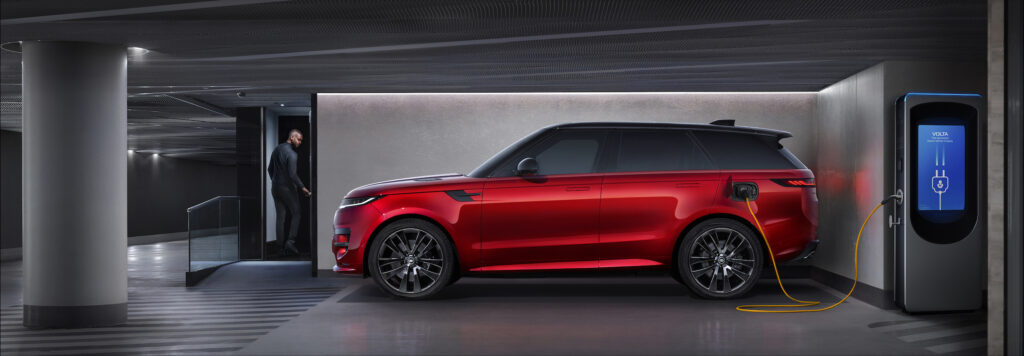
But the PHEV mounts its most serious case yet as Land Rover looks to expand its plug-in hybrid electric offerings.
The PHEV drivetrain in the Sport is identical to that in the larger Range Rover.
That means a 3.0-litre inline six-cylinder petrol engine mated to a 105kW electric motor and driving through an eight-speed automatic transmission. Combined, they produce 375kW and 700Nm, which is plenty of oomph, even for a large SUV.
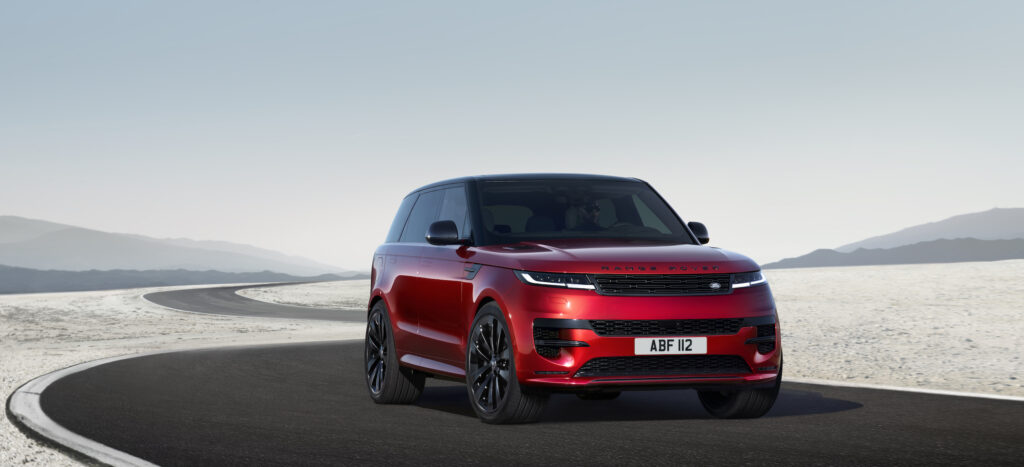
Being slightly smaller and lighter than the regular Range Rover, the Range Rover Sport accelerates more smartly, the P510e taking just 5.4 seconds to hit 100km/h from a standstill.
Claimed average fuel use is 1.6 litres per 100km, but as with all PHEVs take that with a huge grain of salt. In EV-only mode it’ll use no fuel – although be limited to peak outputs of 105kW and 375Nm – and when utilising both power sources it’ll use a lot more than 1.6L/100km.
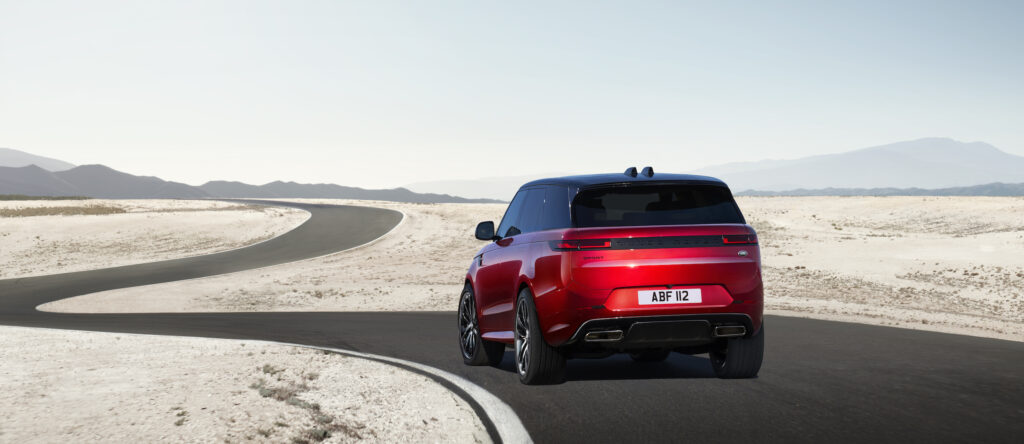
The claimed electric range according to the NEDC measurement is 125km, but that’s a notoriously inaccurate way of estimating how far you’ll actually travel on a charge.
Expect something closer to 100km in real-world driving – and Range Rover says that if you dip into the petrol tank you’ll get a combined range of 740km.
The battery in the P510e PHEV has a 38.2kWh capacity that can recharge using a home powerpoint in about 17 hours. With a home wallbox and accepting the maximum 7.2kW of AC charge that full charge time is reduced to five hours.
Unusually for a PHEV, the Range Rover Sport P510e can also be rapid charged at up to 50kW using a DC outlet. Land Rover claims a 0-80 percent charge in less than an hour.

There are three different drive modes: Hybrid, for getting the best out of petrol and electricity together; EV for utilising only the electric side of the drivetrain; and Save mode, which saves the charge for later use, something that is more relevant in Europe than Australia.
The PHEV drivetrain is wrapped in a new skin for the all-new Sport.
The design is an evolution of the current second-generation model, albeit with slimmer, more aggressive lights and a more planted stance.
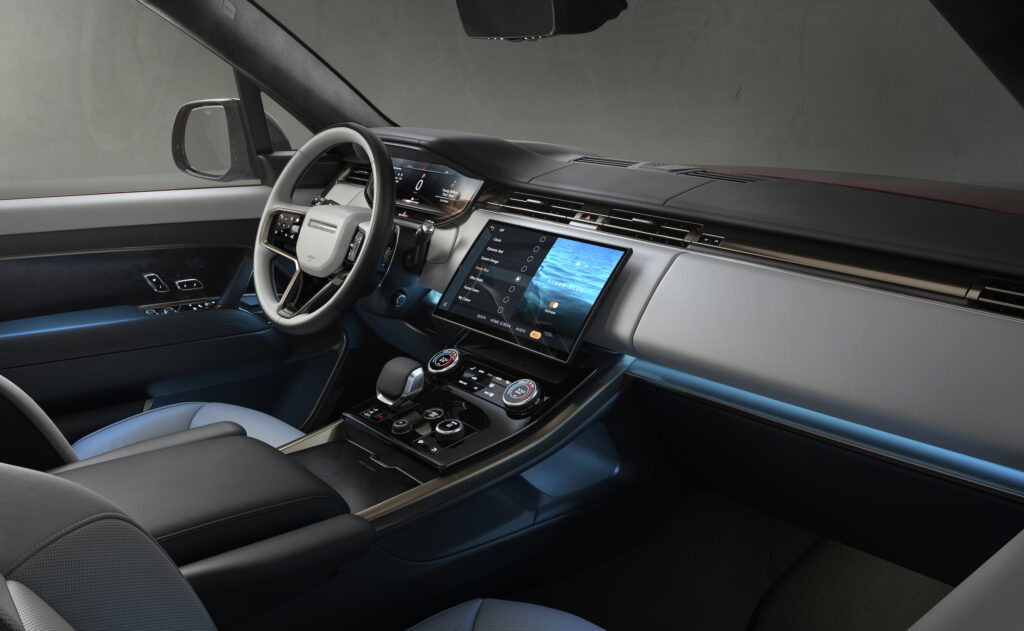
Inside is a step up in luxury with a cleaner layout and a 13.1-inch central touchscreen with haptic feedback as well as a 13.7-inch digital instrument cluster.
There’s no shortage of tech dripping from the new Sport.
Over-the-air software updates promise to introduce running changes and there are two embedded SIMs for data transfer.
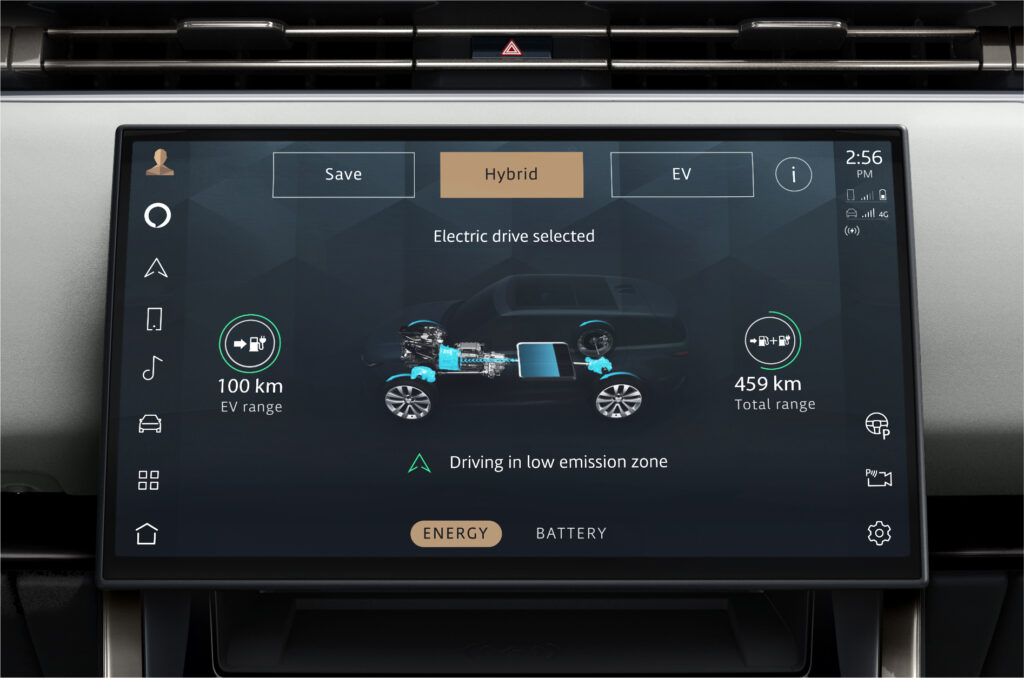
Digital LED headlights have 1.3 million micro-mirrors on each side to blank out other road users. The headlights even monitor vehicle speed and sat-nav data to adjust the beam around corners.
The new Range Rover Sport is priced from $139,160 for the entry-level SE model powered by the D250 six-cylinder diesel engine.
The P510e PHEV comes only as a more lavishly equipped Dynamic HSE and is priced from $198,097 before on-road costs.
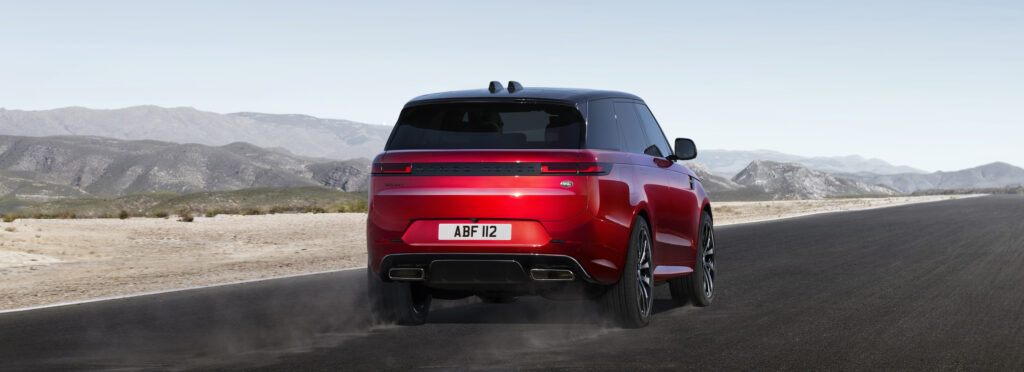
It gets a more advanced version of the dynamic two-chamber air suspension system, adding Dynamic Response Pro, which adds 48V active stabiliser bars to reduce leaning in corners.
The PHEV also comes standard with 22-inch wheels.
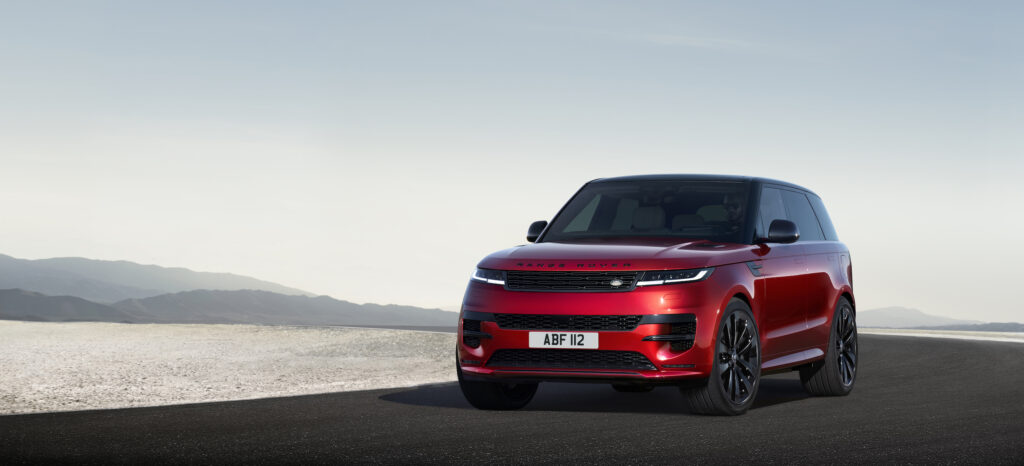

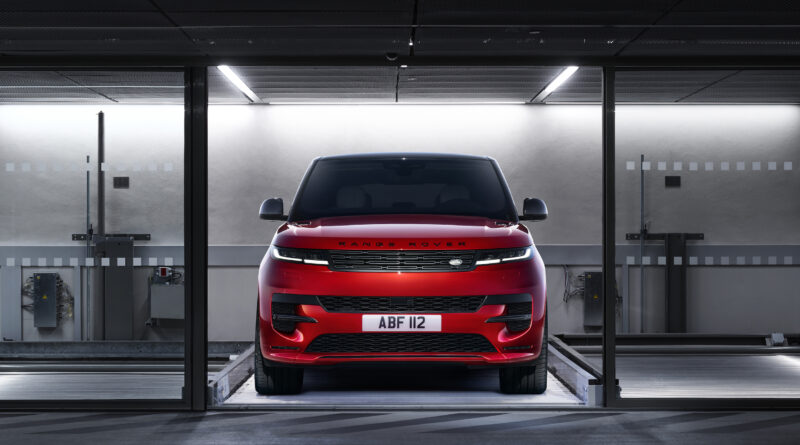


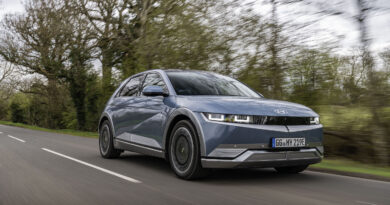
Is 0-100 4.5 or 5.4 seconds?
JLR website quotes both figures.
The global press kit says 5.4 seconds. I’ve previously found inconsistencies on the Land Rover Australia website… the UK-supplied figures should be the correct ones.